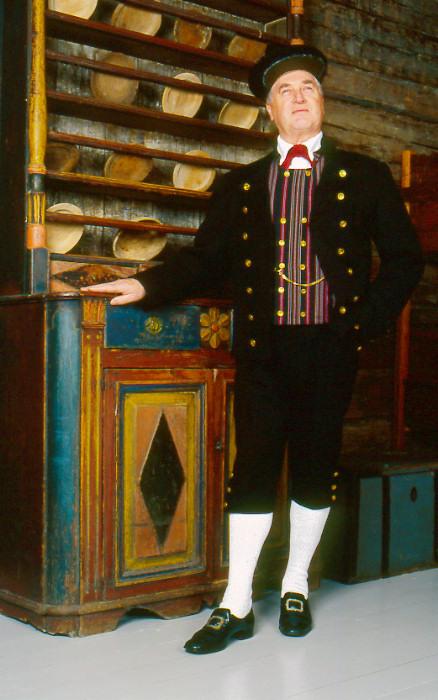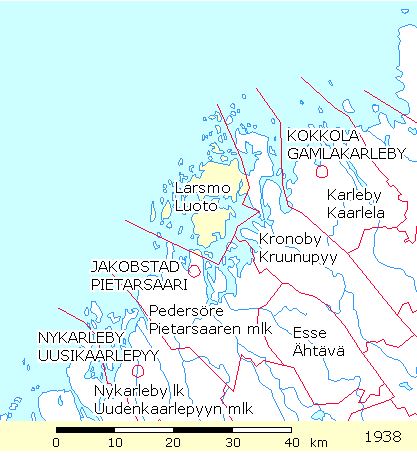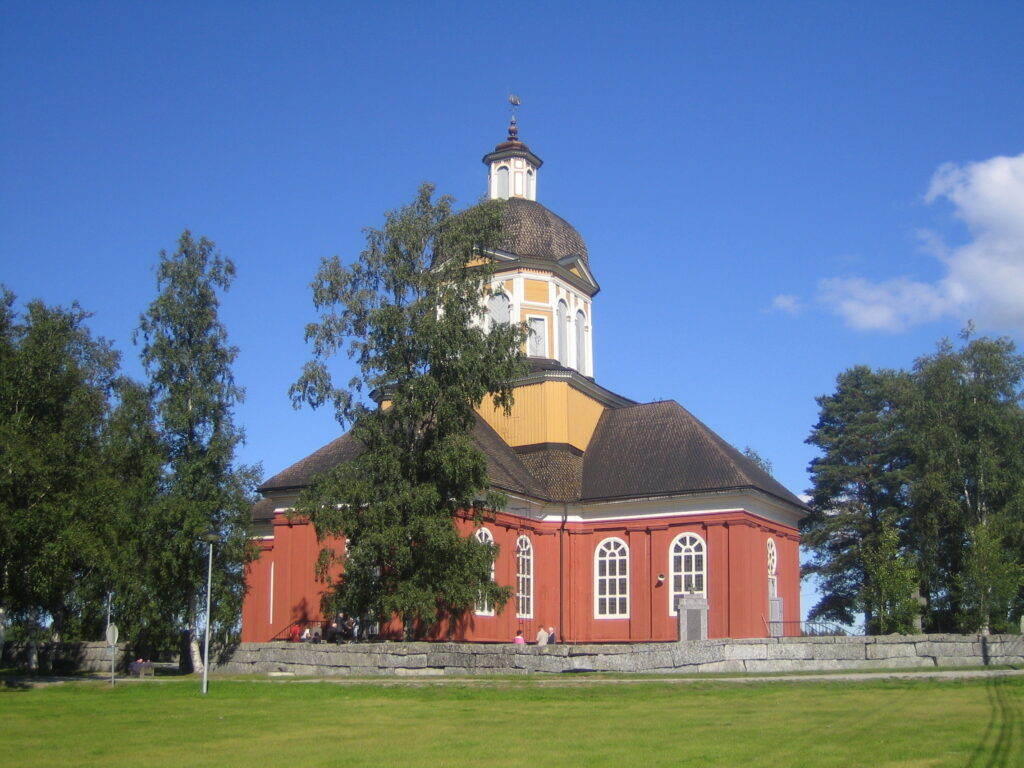Ostrobothnian
Larsmo
Parish History
- Larsmo originally was a part of the larger Pedersöre parish 5
- Larsmo became a chapel parish in 1787 1
- Larsmo became an independent parish 5
Parish Records
Farms of Larsmo were recorded in T.W. Karsten’s work, Svesk Bygd I Osterbotten: Nu Och Fordom. 4 Larsmo Parish Communion records were not used to confirm these findings.
Because parish Communion records are listed by farm name and because farm names often were used as a part of a person’s name, it is interesting to note the following farms.
To open a printable list of farms by island, click here.
Historic farms on Larsmo Island include:
- Fagernäs – site of the parish church
- Fagerudd
- Sandvik
- Hannula
- Holm
- Litens
- Strömsholm
- Byggmästar
- Slussnäs
- Brask
- Käld
- Kackurs
- Sämskar
Farms on Eugmo Island include:
- Finnäs – Considered the oldest dwelling place in the parish
- Finne
- Krok
- Viss
- Finnholm
- Bosund
- Murmästar
- Kaptens
- Björnvik
- Björn
- Gäddnäs
- Gädda
- Gertrud
Of Interest
Grafton Affair
Larsmo played an interesting role in the Finnish independence-movement. During the dark night of December 6, 1905 the steamer ship S/S John Grafton, with its name concealed, sailed into the Larsmo archipelago with a cargo of weapons. The cargo was unloaded at Kemi and transported away in small boats to the mainland with the help of the local population. Weapons were meant to be used for the independence movement in Finland and revolutionary attempts in Russia. The ship ran aground as it was heading out to sea. The crew decided to blow it up before the Russian guard would find out about it. The ship was blown up December 8 at 4 pm. The crew fled to Sweden in smaller sailing vessels.
News about the mystical ship spread around the world, and was mentioned in The London Times, Deutsche Tageblatt and the British, Daily Mail. This incident is often counted as the first attempt for a free Finland and to obtain independence from Russia. A monument in memory of the John Grafton incident is erected on the island of Orrskär. 3, 5
The S/S Equity, another ship, loaded with weapons, also unloaded its cargo in the Larsmo archipelago, and a memorial plate is now in place at Tolvmangrundet Island. 5
Larsmo played an interesting role in the Finnish independence-movement.
Folk Dress
Each parish has a unique folk dress. Parish folk dress can be recognized by its style, colors and patterns.
Larsmo folk dress photos are used with permission of the Brage costume agency.


References:
- Fageruss, H.E. and Lilius, Rafael, ‘Villages in Osterbothnia’ from Den Osterbottniska byn, translated by June Pelo
- Genealogical Society of Finland, HisKi project, Larsmo Parish, http://hiski.genealogia.fi/hiski/a4na38
- Jensen, Alicia, ‘Discovering Swedish-speaking municipalities: Larsmo’, Helsinki Times, October 30, 2014
- Karsten T.W., Svesk Bygd I Osterbotten: Nu Och Fordom; Helingfors, 1923, pages 207 – 208
- Larsmo, https://en.wikipedia.org/wiki/Larsmo
- Larsmo Church image, https://commons.wikimedia.org/wiki/File:Larsmo_church.jpg
- Larsmo Församling, https://translate.google.com/translate?hl=en&sl=sv&u=https://www.larsmoforsamling.fi/kontakt/pastorskansliet&prev=search
- Larsmo Folk Dress image, Brage costume agency, Woman’s, https://www.brage.fi/sve/draktbyra/draktbyran/folkdrakter/view-163648-78 ,
Man’s, https://www.brage.fi/sve/draktbyra/draktbyran/folkdrakter/view-163648-79 - Larsmo Parish map, doria.fi/bitstream/handle/10024/115824/Karta_over_Pedersore_Esse_Larsmo_och_Purmo_socknar.pdf?sequence=1&isAllowed=y, in the Public Domain




